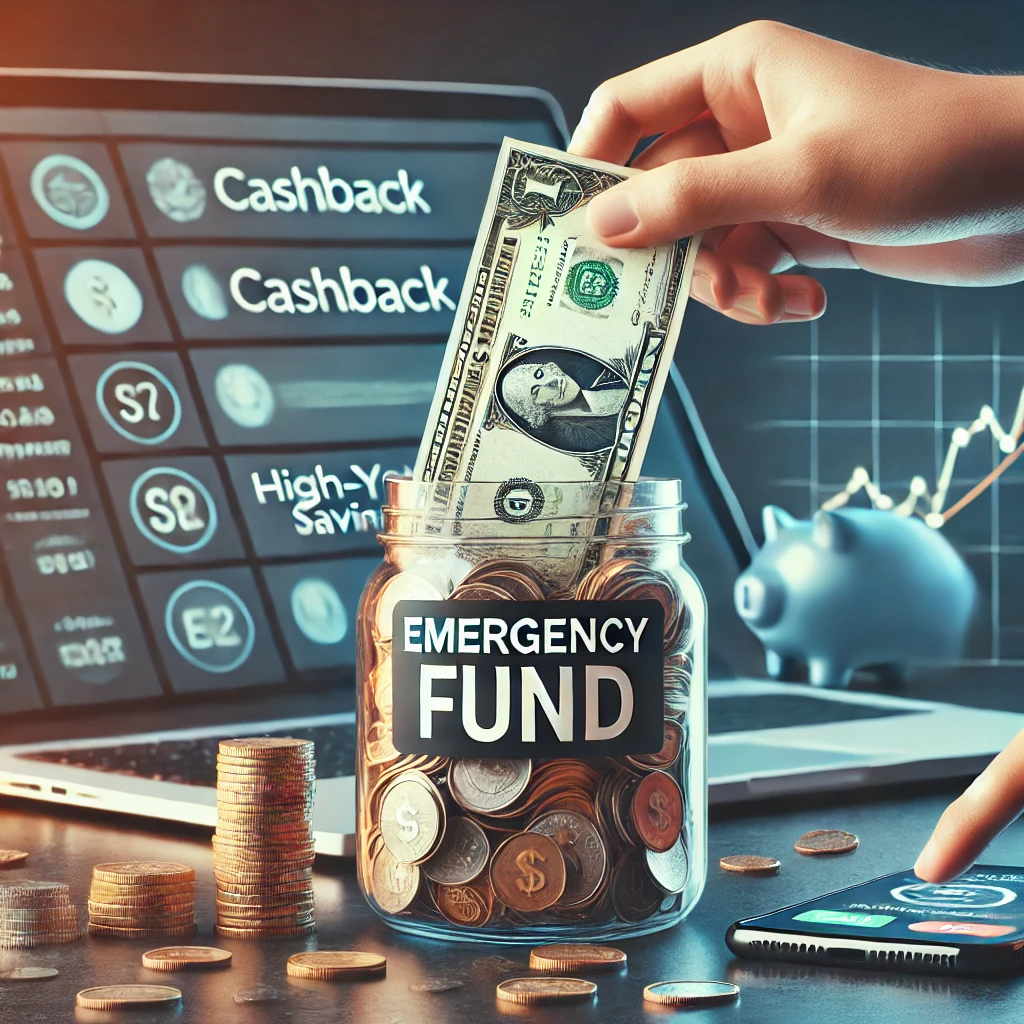
Building an emergency fund may seem impossible when you’re living paycheck to paycheck, but even small steps can lead to significant progress over time. An emergency fund acts as a financial safety net, helping you manage unexpected expenses like medical bills, car repairs, or job loss without falling into debt. Here are practical, actionable strategies to help you save, even when money is tight.
1. The $1-a-Day Savings Method
Saving money doesn’t have to start with large amounts. The $1-a-day method is a simple yet powerful strategy to build an emergency fund gradually.
How It Works:
- Start Small: Save just $1 every day. By the end of the year, you’ll have $365 saved.
- Incremental Increases: If possible, increase your daily savings over time. For example, add an extra $1 per week to your daily amount.
- Make It Automatic: Set up automatic transfers to a savings account to ensure consistency.
Why It Works:
- Low Barrier: $1 is manageable for almost anyone, making it easy to start.
- Builds a Habit: Regular, small deposits reinforce the habit of saving.
- Psychological Boost: Watching your savings grow, even slowly, can be motivating.
2. Using Cashback and Rebates to Build Savings
Everyday spending can contribute to your emergency fund if you leverage cashback and rebate programs effectively.
Cashback Apps and Programs:
- Ibotta: Earn cashback on groceries and everyday purchases.
- Rakuten: Get rebates when shopping online at major retailers.
- Dosh: Automatically earns cashback when you shop with linked cards.
How to Maximize Cashback:
- Use for Necessities: Apply cashback programs to routine purchases like groceries, gas, and household items.
- Direct Savings: Transfer earned cashback directly to your emergency fund.
- Combine Offers: Use coupons and cashback together for maximum savings.
Rebate Strategies:
- Mail-In Rebates: Check for rebates on big-ticket items.
- Manufacturer Rebates: Register products online to claim available offers.
3. Best High-Yield Savings Accounts for Small Deposits
Choosing the right savings account can make a big difference in growing your emergency fund, especially if you’re starting with small amounts.
Features to Look For:
- High Interest Rates: Look for accounts with competitive Annual Percentage Yields (APY).
- No Minimum Balance Requirements: Ideal for small, frequent deposits.
- No Monthly Fees: Ensure your savings aren’t eroded by fees.
Recommended High-Yield Savings Accounts:
- Ally Bank: No monthly fees, competitive APY, and easy-to-use mobile app.
- Marcus by Goldman Sachs: High APY with no minimum deposit requirements.
- Discover Online Savings: Strong APY and no fees, with a user-friendly interface.
Tips for Maximizing Interest:
- Regular Contributions: Even small deposits add up over time, especially with compound interest.
- Keep It Separate: Use a separate account to reduce the temptation to dip into your savings.
Additional Tips for Building an Emergency Fund
A. Cut Small Expenses:
- Daily Coffee or Snacks: Brew coffee at home and pack snacks to save $2-$5 daily.
- Unused Subscriptions: Cancel streaming services, apps, or memberships you rarely use.
- Energy Efficiency: Reduce utility bills by turning off unused appliances and using energy-saving bulbs.
B. Earn Extra Income:
- Side Hustles: Gig economy jobs like food delivery, freelance work, or pet sitting.
- Sell Unused Items: Declutter your home and sell items on platforms like eBay, Facebook Marketplace, or Poshmark.
C. Save Windfalls:
- Tax Refunds: Allocate part or all of your refund to your emergency fund.
- Bonuses and Gifts: Instead of spending unexpected money, save it.
D. Visual Savings Goals:
- Track Progress: Use a savings tracker or app to visualize your growth.
- Set Milestones: Celebrate small goals, like saving your first $100, to stay motivated.
Final Thoughts
Building an emergency fund on a tight budget requires creativity, discipline, and patience. By adopting small, consistent saving habits like the $1-a-day method, leveraging cashback rewards, and choosing the right savings account, you can create a financial cushion that provides peace of mind. Remember, it’s not about how much you start with—it’s about starting and staying committed.
